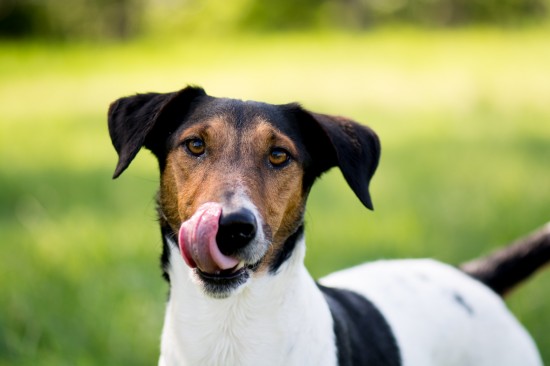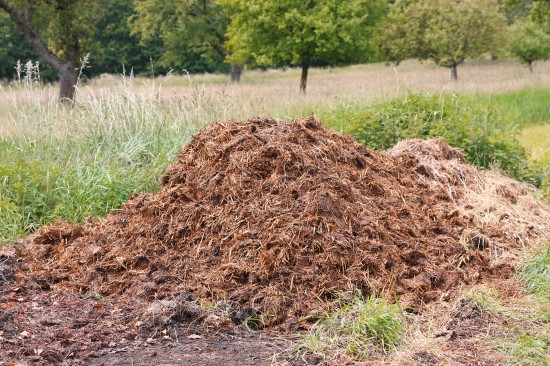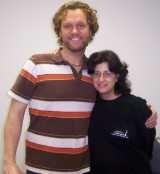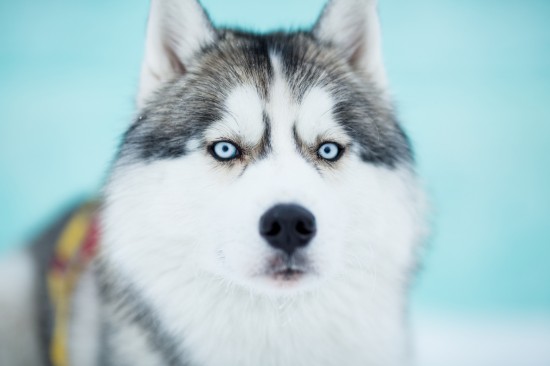Sugar gliders Size (SG) compared to other domestic animals mammals is actually quite small in adulthood. An adult specimen probably measured more than seven inches from the tip of the snout to the tip of its tail.
Sugar gliders Size (SG) compared to other domestic animals mammals is actually quite small in adulthood. An adult specimen probably measured more than seven inches from the tip of the snout to the tip of its tail.
The average length of an adult sugar glider in captivity is only about five inches, give or take a few centimeters.
When the SG reaches the mark of six-inch, you already have a sugar glider adult who is ready to play.
Pattern skin
Although there are some variations, the common sugar bear has gray fur all over the top of its body. The underside of the honey bear skin also, but the skin in this region of the marsupial’s body is usually white or cream colored. The cream-colored underside can be easily seen from a distance because of the sharp contrast between the skins on the animal’s neck skin on his head.
The sugar glider is a marsupial characteristic lined with thick stripes running from the facial region all the way to the rear. Suggie tail is a combination of black and silver. The tip is usually covered with black skin.
Now we turn our attention to the SG’s queue Apart from being soft and cute, sugar bear’s tail is important for the animal’s motion some people think Cola glider applications bushy tail grab hold of offspring and dam. Nope! The suggie’s tail is actually a tool of balance and direction.
When a honey bear slips, the tail is used to balance the weight and movement of air, which then allows the animal to land safely on the other side. Glider-carry path can also change during sliding shifting the direction of its tail. The Glider’s face A sugar glider’s face is short, with most of the area is occupied by large eyes. The placement and size of the eyes are quite important for planner’s wild honey in the eye because this presentation allows the animal to explore their surroundings more effectively.
Think of the SG’s eyes as wide-angle lens. You can not see very far, but you can see the entire landscape more effectively than other mammals.
In a quick scan of the surrounding area, a Sugar Bear can check if the danger or food is nearby. Honey bear’s face is covered with striped skin, except for their ears. The ears are short, soft, and move independently.
This ability to bear the glider to move their ears in different directions at the same time allowing the sounds lame tiny marsupial around more efficiently.
Combine this sharp sense of hearing with a wide field of vision, and you’ll begin to understand how this little creature has withstood the challenges of natural selection and has emerged as one of the winners of mammalian evolution.
Although small, the sugar glider has been blessed by nature with a peculiar set of tools and ways to outsmart and escape allow larger predators easily.
The legs and feet as humans, bears are sugar-digit total of twenty members. A glider has a total of ten digits on their front paws. Each digit is structured, flexible, and has a sharp sword-like claw. The same applies to its hind feet.
Their long claws allow grab your sugar gliders landing points slip easily after a short. To grab the suggie can move from one tree to another with relative ease and without injury. The grip lessens the impact upon landing and also helps evenly distribute the shock of landing through the glider-bear 's body Honey bear 's rear feet are used not only for movement, but also to prepare - a major life activity for the marsupials.
The third and fourth digits on the hind feet are locked SG physically together.
This merger creates a practical comb the glider used for a variety of daily tasks of preparation including (but not limited to) the removal of parasites. The gliding membrane slip is the one thing that truly separates tiny marsupial their larger cousin’s possum.
Although this creature may lack in height and length, it lacks mobility and agility. Let’s take a look at the glider bear' membrane sliding s. Unlike a bat’s Wings, gliding membrane does not have the ligaments and bones of a skeletal framework.
The membrane of skin supple ride is just thick you can spread out extensively during a landslide. When an adult suggie jumps from one peak to scroll down, stretch their front legs and hind feet to turn slip membrane.
Combine this movement with the glider 'movements of the tail of s, and you make a perfect little slip marsupial ready to transport your tree to tree. Important notes: Many people believe that a sugar glider is simply a miniature version of a flying squirrel.
Although at first sights can equal these two animals, they are very different biologically. For one, the marsupials in general have retained some vestiges of their reptilian evolutionary past. These primitive reptilian characteristics affect honey bear’s overall performance, capacity for environmental adaptation, physical characteristics, etc.. Are you worried that this marsupial alive a long time could not be fully appreciated by your kids? Don’t be. A well cared for Glider; bears can live for as long as twelve years in captivity!

 Different Medication Options For Dogs That Suffer From Seizures
Different Medicat
Different Medication Options For Dogs That Suffer From Seizures
Different Medicat
 Dog Thieves – Being One Step Ahead
Dog Thieves – Bei
Dog Thieves – Being One Step Ahead
Dog Thieves – Bei
 Horse Manure The Smelly Truth - How The Law On Waste Could Get You In A Heap Of Trouble
Horse Manure The
Horse Manure The Smelly Truth - How The Law On Waste Could Get You In A Heap Of Trouble
Horse Manure The
 Volunteering at a Local Animal Shelter
Volunteering at a Local Animal Shelter
 How Closely Related Are The Siberian Husky And The Wolf?
How Closely Relat
How Closely Related Are The Siberian Husky And The Wolf?
How Closely Relat